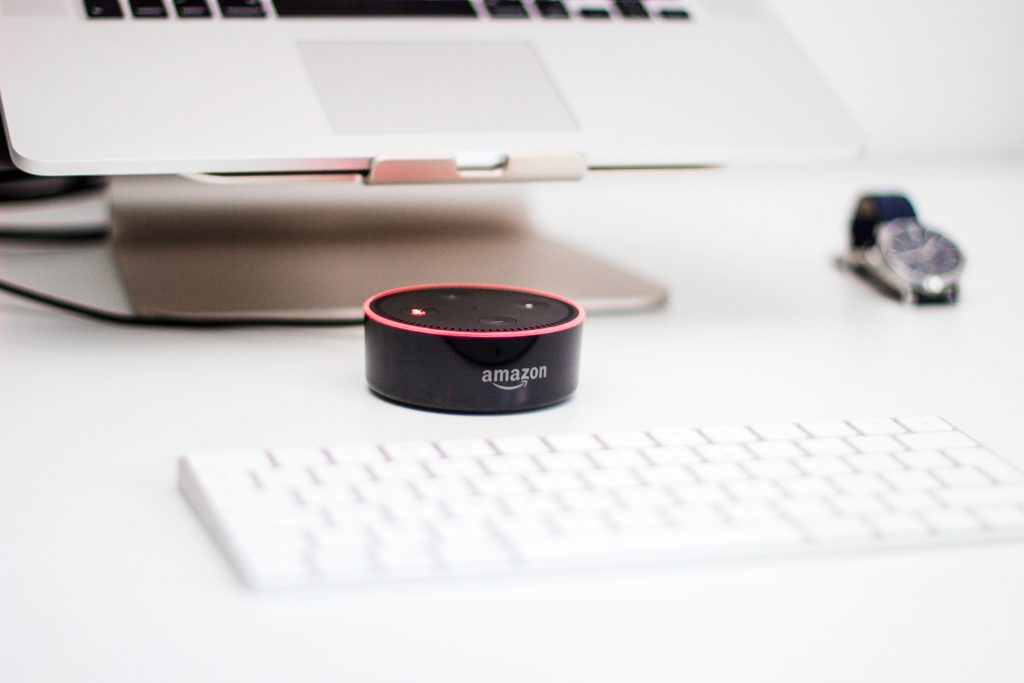Technology is all around us, and there is no escaping it. The best thing is that it is continually evolving as technological breakthroughs are seen almost on a daily basis. One of the technologies which are getting better every day and making our lives easier is voice search.
When Did It All Begin?
More than half a century ago, IBM introduced IBM Shoebox which was the first speech recognition tool. The father of voice recognition devices was able to recognize 16 words and the digits from 0 to 9.
Mostly implemented by mobile device manufacturers, today’s voice technology gives users the ability to do online searches, find information about products, ask questions, ask for directions or for the weather forecast, and many other things just by talking to a device.

How Does Voice Search Work?
First of all, it processes and transcribes the human speech into text before analyzing it in order to detect questions and commands. After that, it connects to external data sources such as search engines to find the relevant information and translates that information into a digestible format to fulfill the user’s intent.
What Are The Best Voice Search Engines?
There is a continuous battle between big players to make the best voice search engine. This is good news as voice search assistants are becoming more and more sophisticated, thus making our lives easier. Let’s take a look at the top brands manufacturing these devices.
-
Google’s Google Assistant is powered by AI and is primarily available on mobile and smart home devices. It was launched in 2016, and the thing which makes it different from its predecessors is that it can engage in two-way conversations.
-
Microsoft’s Cortana was released in April 2014. Available in multiple languages, it has the ability to set reminders, recognizes a natural voice, and answer questions by using the information found on Bing.
-
Amazon’s Echo has many capabilities, such as voice interaction, music playback, creating to-do lists, and streaming podcasts, to name just a few. The best thing about it is that it can be extended by installing other functions which are developed by third-party vendors.
-
Samsung’s Bixby is a voice-powered digital assistant introduced in 2017. It is a major reboot for S Voice. Aside from being used on smartphones and other mobile devices, Bixby is included in Samsung’s Family Hub 2.0 refrigerators, which are the first non-mobile products to include a virtual assistant.
-
Apple’s Siri is part of its iOS, watchOS, macOS, HomePod, and tvOS operating systems. It works by using voice queries and a natural-language user interface to do actions such as answering questions, checking for information, navigating, and many other things.

What Lies Ahead?
As of January this year, around 1 billion voice searches were made per month, and in the next couple of years, 50% of searches will be made using the voice-enabled technology.
It is also predicted that in the years that follow the voice recognition market is going to experience huge growth, with an estimated $601 million in 2019 only.
Conclusion
We can definitely say that the future of voice-enabled technology is bright. The constant need for improvement is the driving force that makes companies produce the best voice assistants out there. Both the companies and their customers bear the fruit from it.


